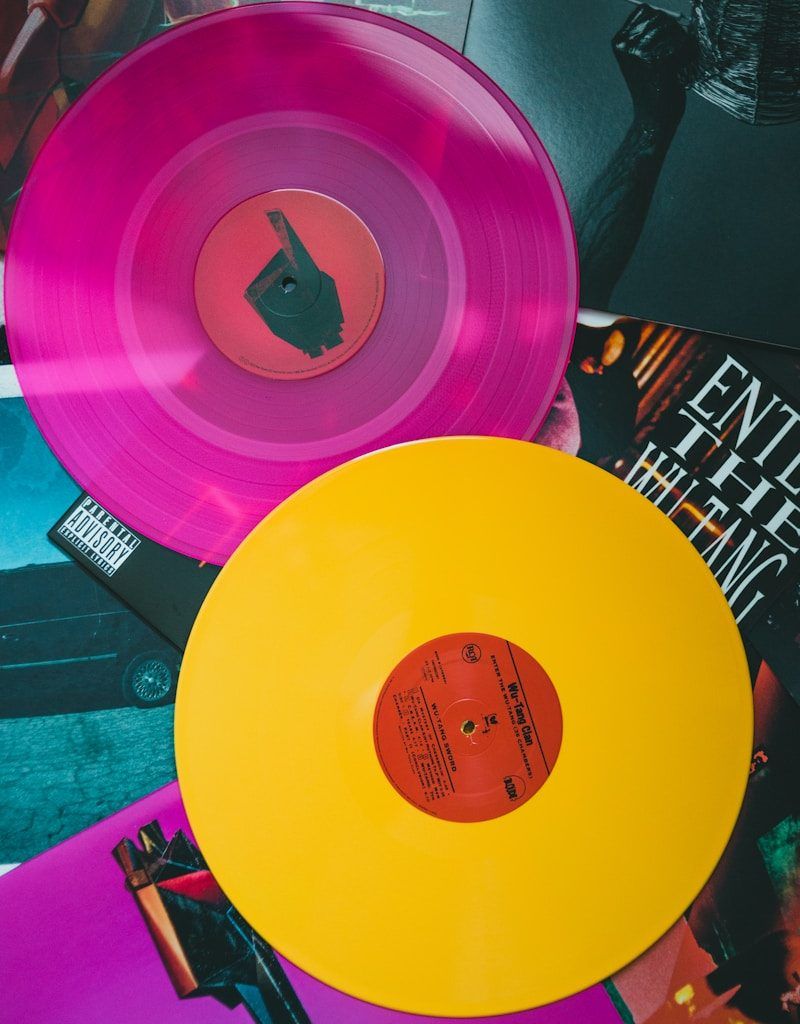For artists, getting their music heard is often the hardest part of the journey. Whether you’re an indie artist trying to break into the scene or a seasoned musician looking to expand your reach, music distribution services play a vital role in bringing your songs to listeners worldwide. These services help you place your tracks on streaming platforms like Spotify, Apple Music, Amazon Music, and many others. But how do they work, and which one should you choose?
Let’s dive into the world of music distribution services and explore everything you need to know to make the most of them.
What Are Music Distribution Services?
Music distribution services are platforms or companies that help artists and record labels distribute their music to digital and physical channels. In simple terms, they ensure that your songs reach streaming platforms, online stores, and sometimes even radio stations.
Think of it as a bridge between you and your audience. Without a distributor, it’s nearly impossible to get your music on platforms like Spotify or Apple Music. These services also handle the technical details, such as encoding your tracks and submitting metadata (like your song titles and artist name), so you can focus on what you do best—making music.
Why Are Music Distribution Services Important?
In today’s digital-first world, the way people consume music has changed dramatically. Gone are the days when listeners primarily bought physical CDs. Now, most people stream music online. In fact, platforms like Spotify and YouTube have billions of active users. If your music isn’t available on these platforms, you’re missing out on a huge audience.
Music distribution services not only make your music accessible to a global audience but also help you earn royalties from streams and downloads. They’re an essential tool for any artist who wants to take their music career seriously.
How Do Music Distribution Services Work?
The process of distributing music is surprisingly straightforward, thanks to these platforms. Here’s a breakdown:
- Sign Up: First, you’ll need to create an account on a music distribution service of your choice. Some platforms charge a fee, while others operate on a revenue-sharing model.
- Upload Your Music: Once you’re signed up, you can upload your tracks along with the necessary metadata, such as song titles, album name, and cover art.
- Select Platforms: Choose which streaming platforms and online stores you want your music to be available on.
- Release Your Music: Set a release date, and the distributor will handle the rest. They’ll deliver your music to the selected platforms, ensuring it’s available for listeners worldwide.
- Collect Royalties: After your music starts streaming, you’ll earn royalties based on the number of plays or downloads. The distributor collects these royalties and pays them to you, usually on a monthly basis.
Choosing the Right Music Distribution Service
Not all music distribution services are created equal. Some are better suited for indie artists, while others cater to established labels. Here are a few factors to consider when choosing a service:
- Cost: Some services charge a flat fee, while others take a percentage of your royalties. Determine which model works best for you.
- Platform Reach: Ensure the service distributes to all major platforms, including Spotify, Apple Music, Amazon Music, and YouTube.
- Additional Features: Some services offer extras like playlist pitching, analytics, and promotional tools. These can be valuable for building your career.
- Ease of Use: The platform should be user-friendly and provide excellent customer support.
Top Music Distribution Services
Here’s a look at some of the most popular music distribution services available today:
1. DistroKid
DistroKid is known for its simplicity and affordability. For a flat annual fee, you can upload unlimited songs and get them distributed to all major platforms. It’s a favorite among indie artists.
2. TuneCore
TuneCore charges a per-release fee but offers a range of features, including detailed analytics and marketing tools. It’s a great choice for artists who want more control over their distribution.
3. CD Baby
CD Baby offers both digital and physical distribution, making it a versatile choice. They charge a one-time fee per release and take a small percentage of your royalties.
4. Amuse
Amuse is a free distribution service, which makes it appealing for artists on a budget. They also offer a premium plan with additional features like faster payouts and advanced analytics.
5. AWAL (Artists Without A Label)
AWAL is selective about the artists it works with, but it offers premium services like playlist pitching and international promotion. It’s best suited for artists who already have some traction.
Tips for Making the Most of Music Distribution Services
- Create High-Quality Music: No matter how good your distribution service is, your music needs to stand out. Invest in professional production and mastering.
- Promote Your Music: Use social media, email newsletters, and live performances to promote your releases.
- Stay Consistent: Release music regularly to keep your audience engaged and grow your fanbase.
- Leverage Analytics: Most distribution services offer analytics tools. Use these to understand your audience and improve your strategy.
- Build Relationships: Connect with playlist curators, influencers, and other artists to expand your reach.
Challenges with Music Distribution Services
While these services make it easier to get your music out there, they’re not without challenges. Here are a few common issues:
- Competition: With millions of songs uploaded daily, standing out can be tough.
- Costs: Some services charge high fees, which can be a burden for indie artists.
- Royalty Splits: If you choose a service that takes a percentage of your earnings, you’ll have to share your royalties.
- Time Delays: Some platforms take weeks to approve and release your music.
Conclusion
Music distribution services are a game-changer for artists looking to share their music with the world. By choosing the right service and using it effectively, you can grow your audience, earn royalties, and take your music career to the next level. Remember, the key is to stay consistent and proactive. With the right strategy, the sky’s the limit.
For further reading, explore these related articles:
For additional resources on music marketing and distribution, visit DMT Records Private Limited.






